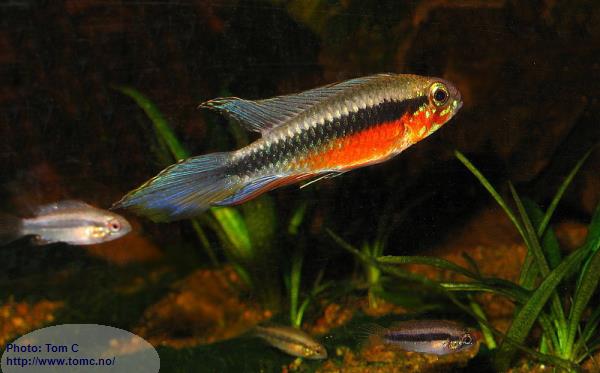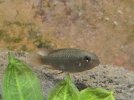Eddiekay1010
Member
- Messages
- 68
- Location
- United States
I received a group of young, wild, A. elizabethae about 5 months ago. All five I believe are males, there is one individual smaller than the rest that I thought might have been my lone female but it's tail has become lyre tailed like the others, I'm doubtful it's a female. My question is, if I am able to get more in the future, is their distribution limited to a small area in the wild. I wouldn't want to add the new ones to my group i have now to prevent any possible hybridization if they come from a large area, like cacatuoides for example.







